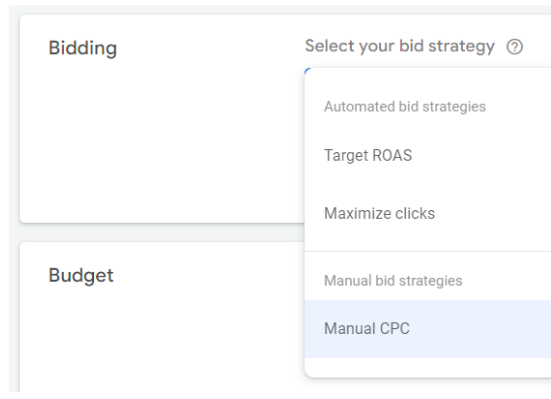Selling on e-commerce marketplaces offers significant advantages for sellers, such as enhanced customer visibility, platform trust, and simplified logistics, which collectively boost sales with less effort. However, a cumbersome sign-up process can deter sellers, potentially decreasing new seller interest by 15%. Conversely, a streamlined process could boost sign-ups by 20%.
Optimizing Seller Onboarding
Onboarding to a marketplace is like learning to swim—exciting but can be overwhelming without proper guidance. For new sellers, joining a marketplace feels like jumping into a pool; if the process is too complicated, they might struggle and give up.
Interestingly, over 90% of people believe companies make onboarding too difficult. This frustration is common, whether it’s signing up for an online account or starting to sell on a marketplace, showing there’s a lot of room for improvement.
Digital marketplaces face unique challenges in educating sellers about listing items, understanding rules, and utilizing sales tools without confusion. Here’s how to enhance the onboarding experience:
Simplify Initial Steps: Streamline paperwork and initial setup procedures to ease sellers into the process.
Provide Robust Support: Offer accessible support through dedicated teams or chatbots to assist sellers in navigating challenges.
Deliver Comprehensive Training: Offer self-paced learning resources such as instructional videos and guides to enhance sellers’ proficiency. For instance, Amazon’s Seller University sets a notable example.
Seek Feedback Actively: Regularly solicit feedback from sellers to refine and enhance the onboarding process continuously.
Foster Community Engagement: Establish platforms where sellers can exchange insights and support one another, fostering a collaborative environment.
Offer Guided Assistance: Utilize real-time dashboard access to guide sellers through setup processes, minimizing uncertainties and boosting confidence from the outset.
Apple’s Impact: The Evolution of User Onboarding
Before delving into the onboarding process for marketplace sellers, let’s take a brief look back in time. Prior to Apple’s innovations, tech companies largely neglected the ease of use of their products. Early computers were intricate and user-unfriendly, requiring significant technical expertise.
Apple revolutionized this by simplifying the development of software that was consistent in appearance and functionality. This made apps on the Macintosh intuitive and easy to use.
Apple’s commitment to user-friendly technology did more than introduce a new computer—it sparked a paradigm shift in the tech industry. It highlighted the critical importance of usability, motivating other companies to prioritize user onboarding. As a result, technology became more accessible and straightforward for everyone, extending to business technology and e-commerce.
5 Ways to Use Interactive Content for Engaging Results 🎯
- Quizzes: The Fun Factor ✨
Remember taking a “Which [TV Show] Character Are You?” quiz? Quizzes are fun, easy to share, and super engaging. Create quizzes that fit your brand and your audience’s interests. For example, if you’re a fitness brand, try a “What’s Your Workout Personality?” quiz to attract fitness fans. Quizzes not only entertain but also give you insights into what your audience likes.
- Polls: Quick and Easy Engagement 🗳️
Polls are simple, and people love them. Use them to get opinions on new products, feedback on recent launches, or just for fun. A clothing brand could ask, “Which summer trend do you love most?” Polls build a sense of community and show you care about your audience’s opinions. Plus, they give you instant data to work with.
- Interactive Infographics: Info Made Fun 📊
Infographics are great for sharing information, but interactive ones are even better. Imagine an infographic where users can click for more details or hover over sections to learn more. This keeps people interested and makes complex info easy to understand. For example, a tech company could use an interactive infographic to explain how their product works step-by-step.
- Games: Play and Engage 🎮
Who says marketing can’t be fun? Simple games related to your brand can really boost engagement. Think of a mini-game where users catch branded items for points or a memory game with your products. Games are addictive and keep people coming back, making them perfect for building brand awareness. You can also tie them to contests or giveaways for extra motivation.
- Interactive Videos: Choose Your Path 📹
Videos are already popular, but interactive videos make them even more exciting. Let your audience pick their path in a “choose-your-own-adventure” style video. This works for product demos, tutorials, or storytelling. For example, a makeup brand could create an interactive video where viewers choose different looks and see tutorials based on their choices. It’s personal, engaging, and memorable.











Leave feedback about this